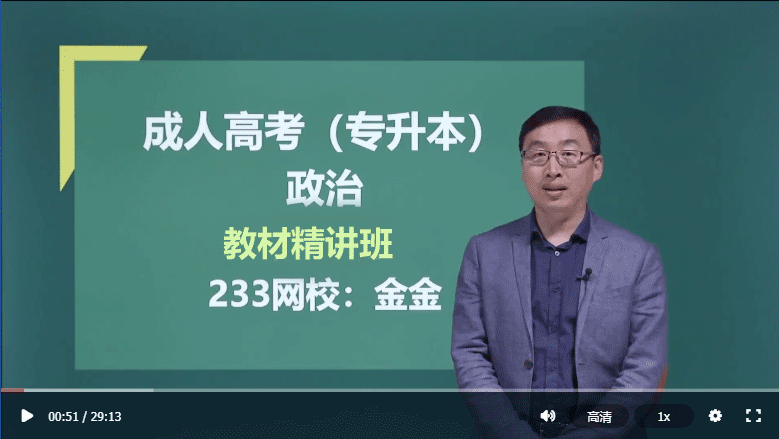It was a case of emergency. The four-year-old girl awoke and smelled smoke. She couldn't wake
her mother, so she dialed "zero". An operator immediately called the fire department. Help was sent,
and a tragedy avoided.
Days before this emergency, the mother had taught her child how to telephone for help. Children as
young as two and one-half years old can be taught to use the phone in emergency situations. Here are
some points.
Memorizing certain facts is important. Teach your children their names, and the section of town where you live. Try to keep what they learn within their abilities. Simple information, learned well, is better than difficult information only partly learned.
Be sure your children know how to use the telephone. They should be taught to dial "zero"for the operator,at the very least. And they should be taught to dial "911" if it is used in your town.
Practice over a period of several days. Over-learning is necessary so the child can act automatically in case of emergency.
If you would like a booklet giving instructions on calling for help, write Telephone For Help,Box 99, Bowling Green Station, New York, NY 10004.
( )40. Based on this passage,over-learning is good because
A. simple information is used
B. children should know their names
C. it helps children act automatically
D. difficult information is only partly learned
答案:C
( )41. Paragraph 4 talks about dialing "911". This number is probably
A. the operator
B. an emergency number
C. a practice number for children
D. used to keep children calm
答案:B
( )42. One thing the passage does NOT tell you to do is
A. call your neighbor
B. practice several times
C. teach children how to use the telephone
D. have children memorize some simple facts
答案:A
( )43. What is the main idea of the passage.
A. Give instructions on calling for help.
B. Partly-learned information is useless.
C. Teach children how to deal with emergencies.
D. Keep what children learn within their abilities.
答案:C
Oceanography has been defined as "The application of all sciences to the study of the sea".
Before the nineteenth century scientists with an interest in the sea were few and far between.Certainly Newton considered some theoretical aspects of it in his writings, but he was reluctant to go to sea to further his work.
For most people the sea was remote, and with the exception of early intercontinental travelers or others who earned a hying from the sea, there was little reason to ask many questions about it, let alone to ask what lay beneath the surface. The first time that the question "What is at the bottom of the oceans.'?" had to be answered with any commercial consequence was when the laying of a telegraph cable from Europe to America was proposed. The engineer had to know the depth profile( 起伏) of the route to estimate the length of cable that had to be manufactured.
It was to Maury of the US Navy that the Atlantic Telegraph Company turned ,in 1853,for information on this matter. In the 1840s, Maury had been responsible for encouraging voyages during which soundings(测水深)were taken to investigate the depths of the North Atlantic and Pacific Oceans. Later,some of his findings aroused much popular interest in his book The Physical Geography of the Sea.
The cable was laid, but not until 1866 was the connection made permanent and reliable. At the early attempts, the cable failed and when it was taken out for repairs it was found to be covered in living growths, a fact which defied contemporary scientific opinion that there was no life in the deeper
parts of the sea. Within a few years oceanography was under way. In 1872 Thomson led a scientific expedition (考察), which lasted for four years and brought home thousands of samples from the sea.Their classification and analysis occupied scientists for years and led to a five-volume report, the last volume being published in 1895.
( )44. The proposal to lay a telegraph cable from Europe to America made oceanographic studies take on
A. an academic aspect
B. a military aspect
C. a business aspect
D. an international aspect
答案:C
( )45. It was __________that asked Maury for help in oceanographic studies.
A. the American Navy
B. some early intercontinental travelers
C. those who earned a living from the sea
D. the company which proposed to lay an undersea cable
答案:D
( )46. The aim of the voyages Maury was responsible for in the 1840s was __________
A. to make some sounding experiments in the oceans
B. to collect samples of sea plants and animals
C. to estimate the length of cable that was needed
D. to measure the depths of the two oceans
答案:D
( ) 47. This passage is mainly about __________
A. the beginnings of oceanography
B. the laying of the first undersea cable
C. the investigation of ocean depths
D. the early intercontinental communications
答案:A
2017成考试题:2017年成人高考专升本英语考试备考试题及答案
2017准考证打印:2017年成人高考准考证打印时间/入口

